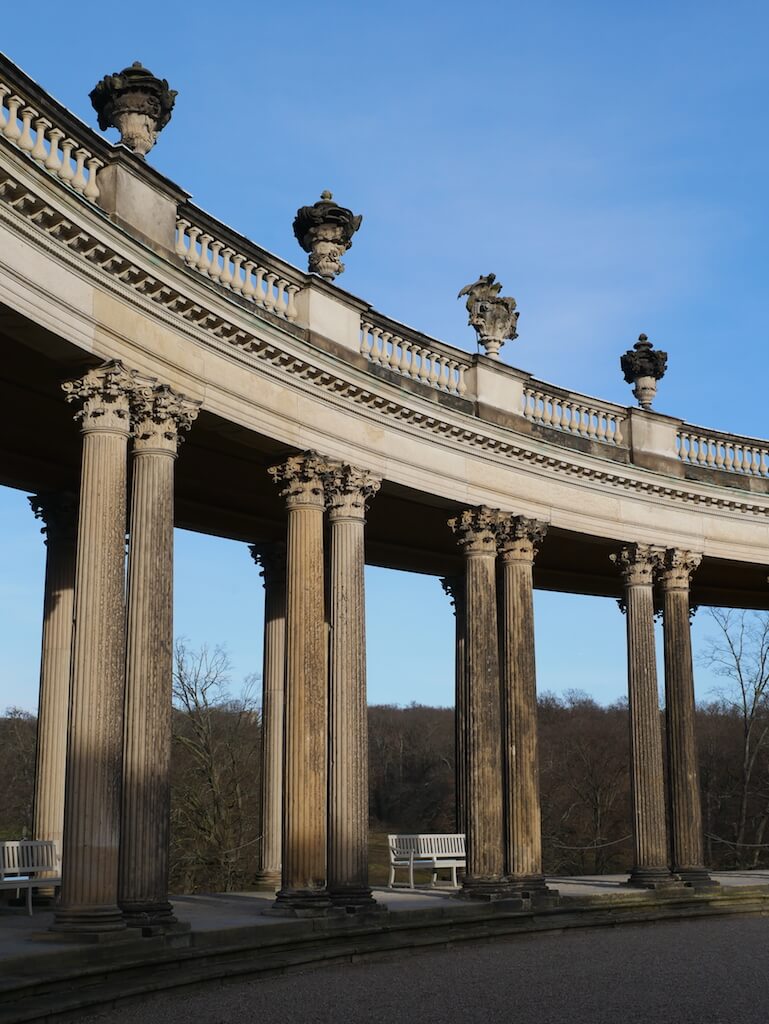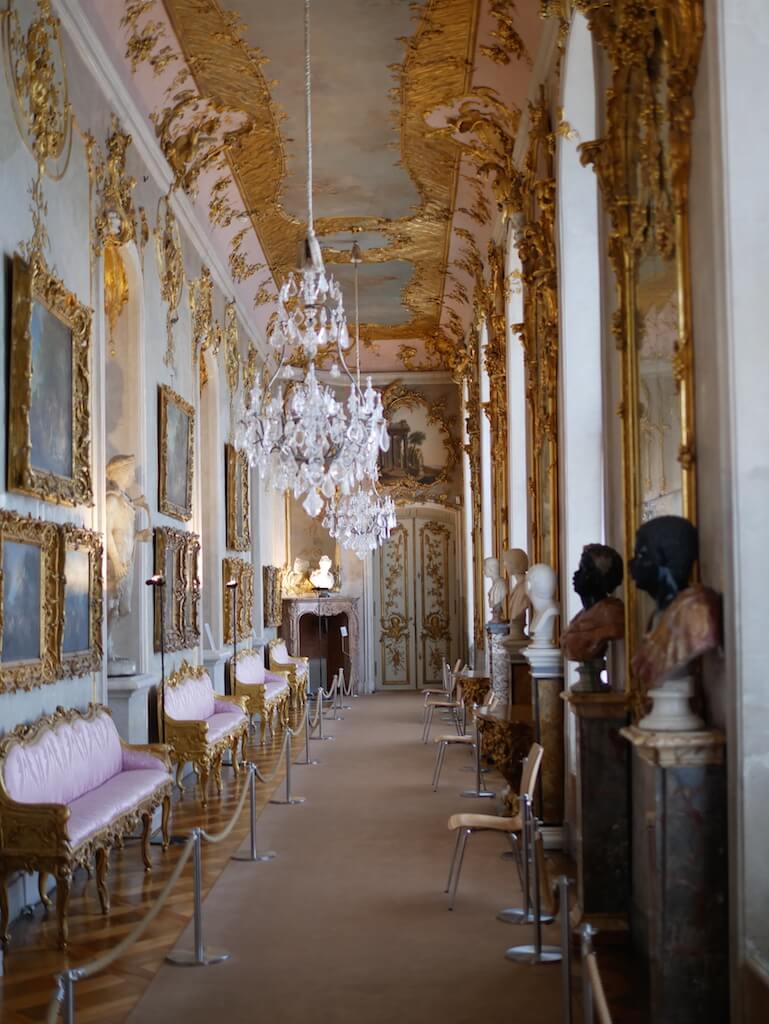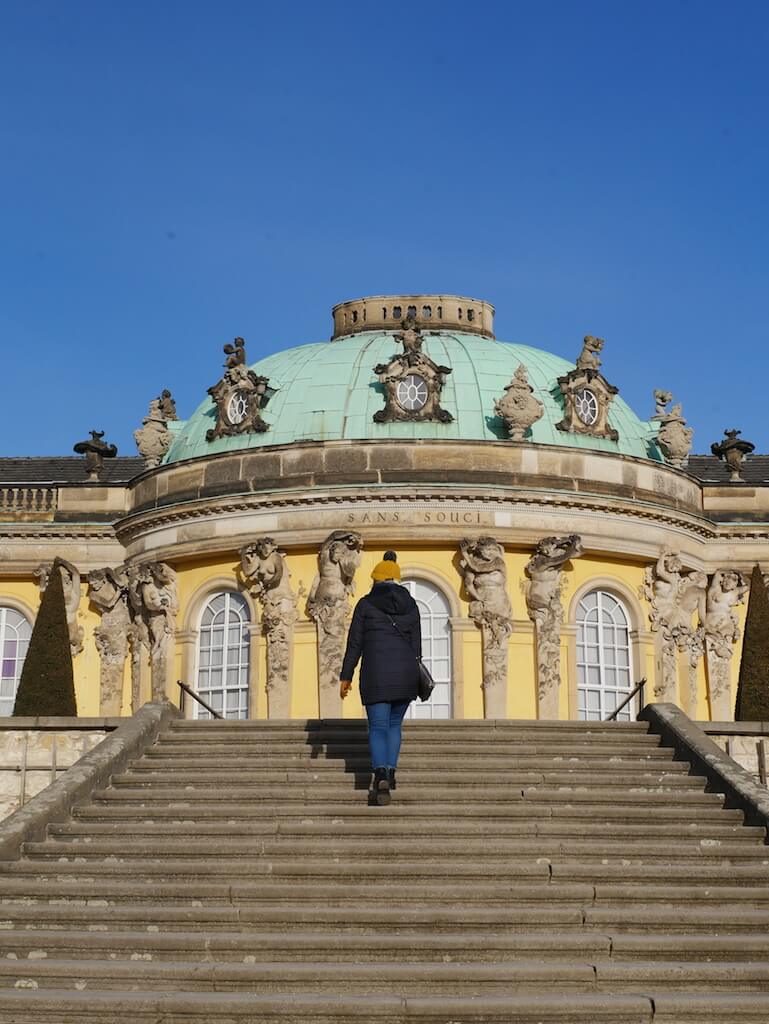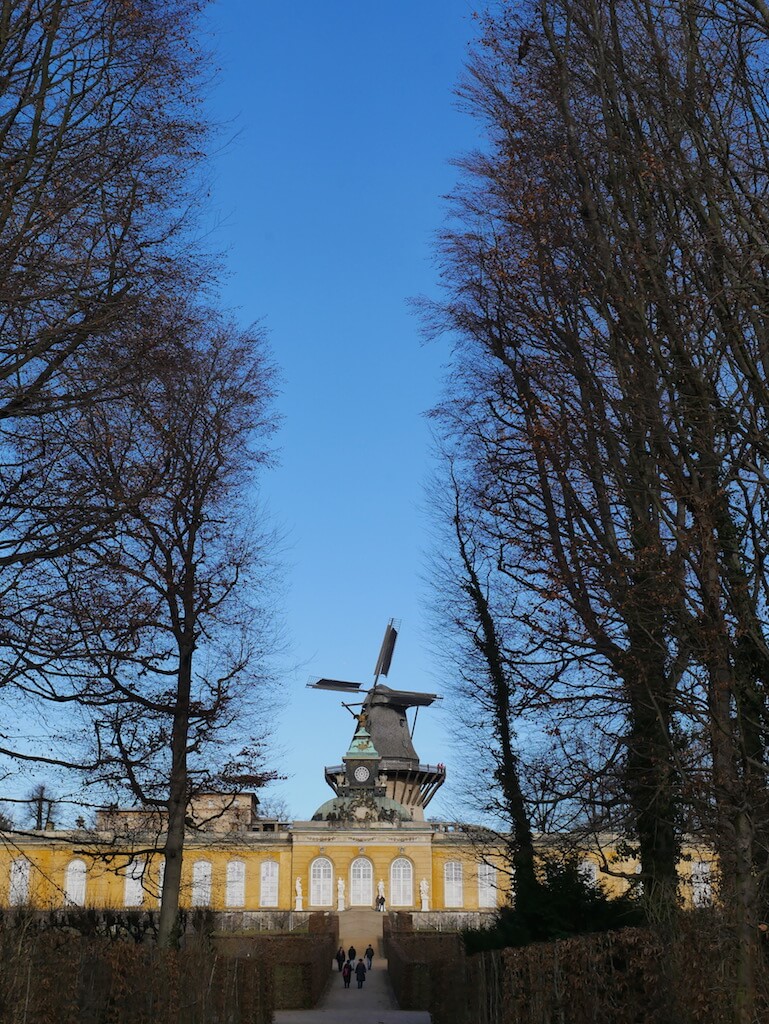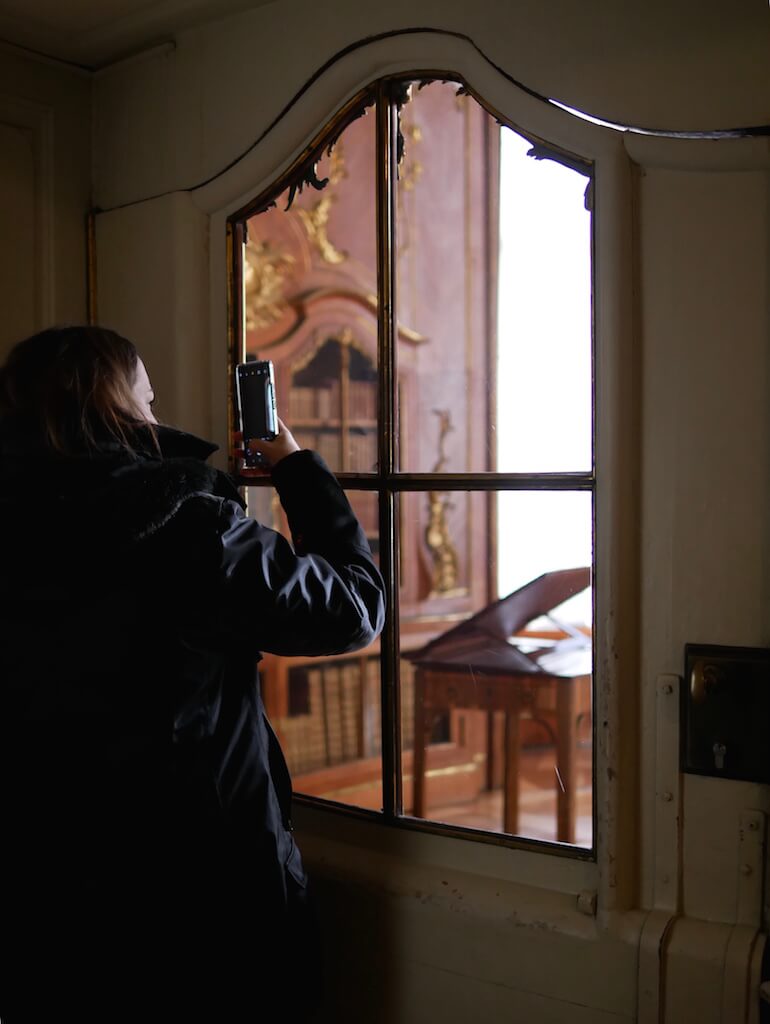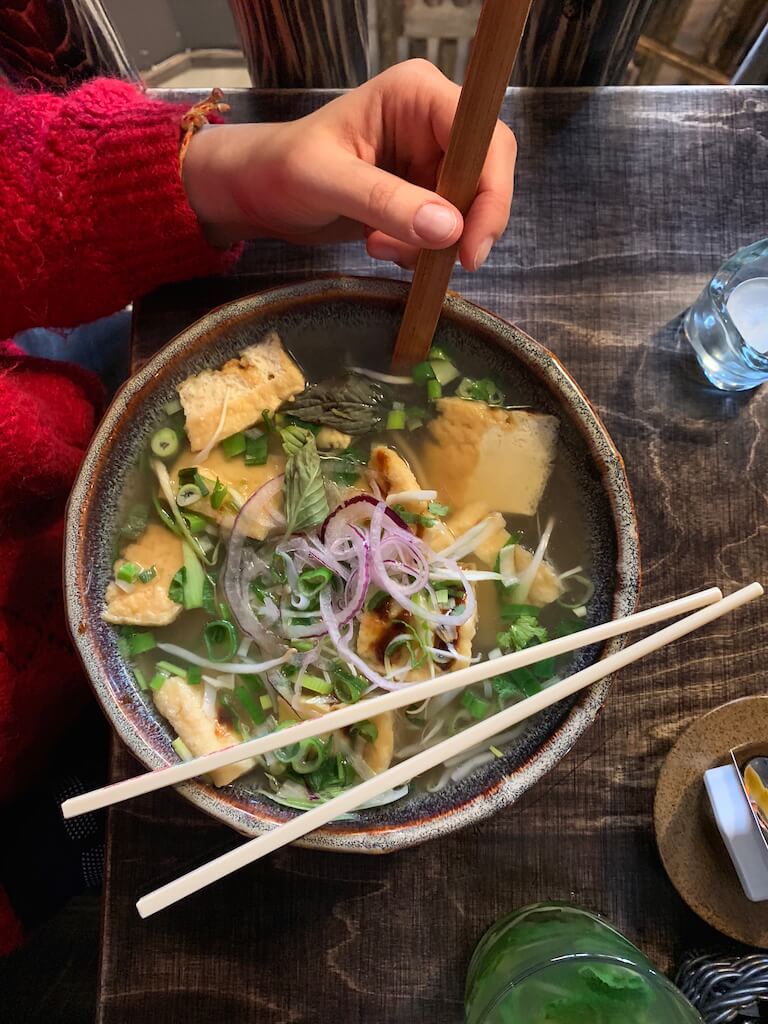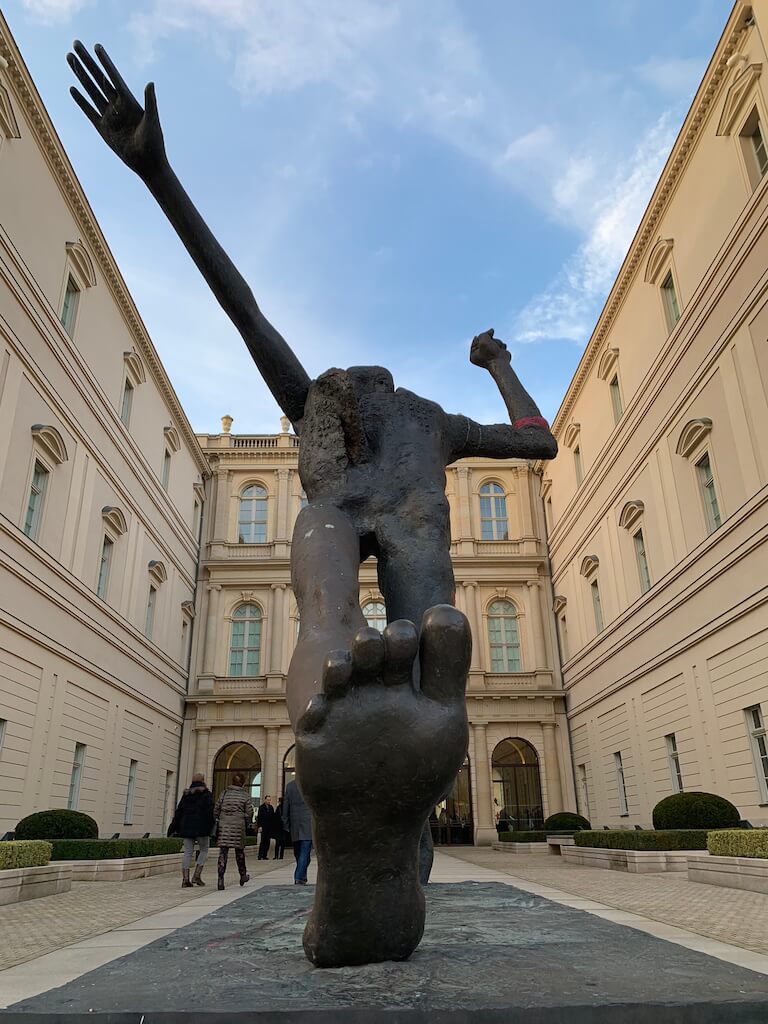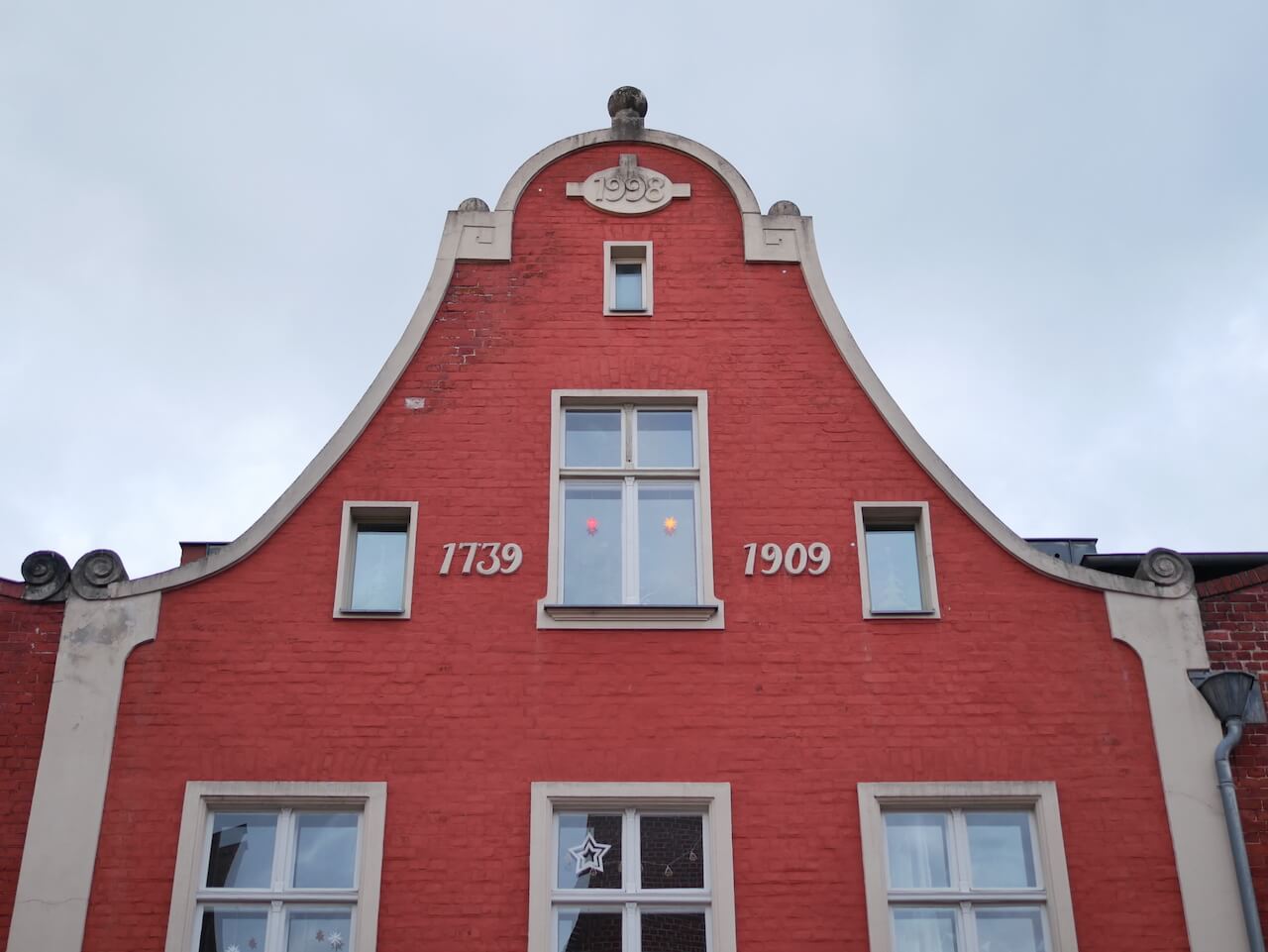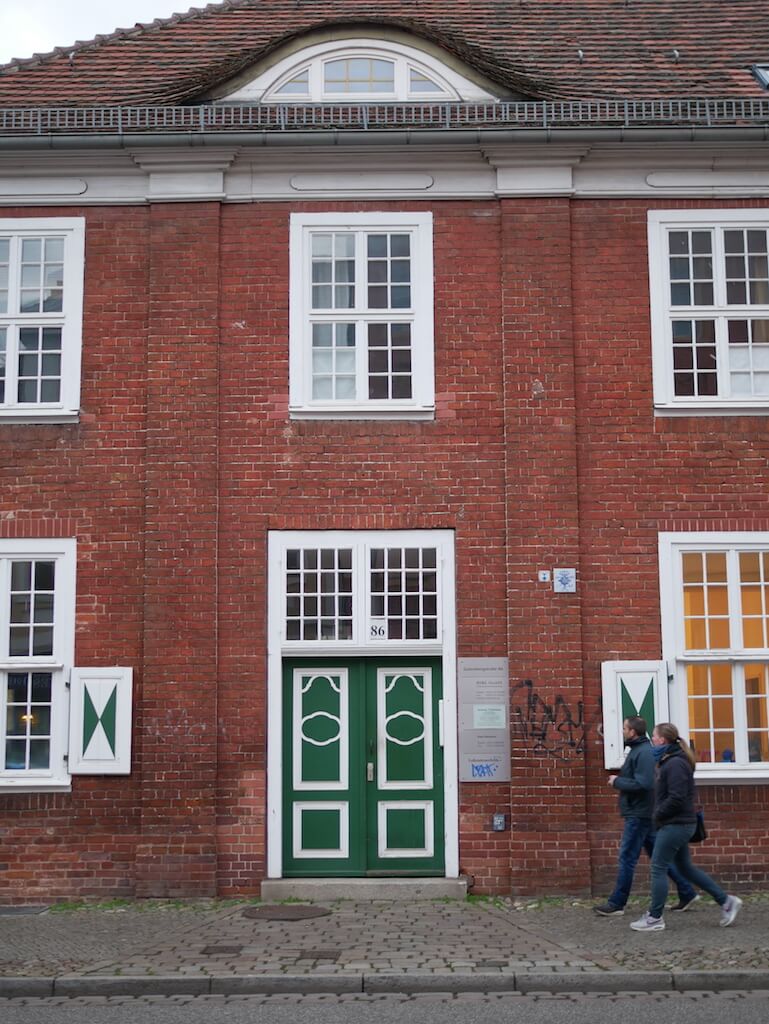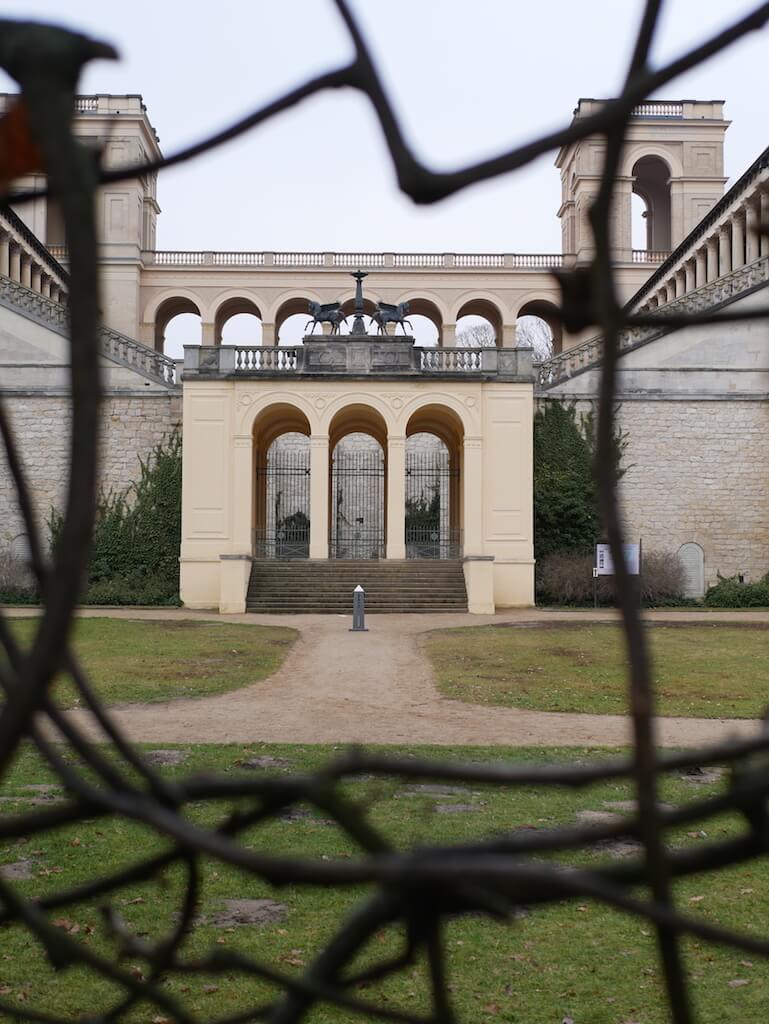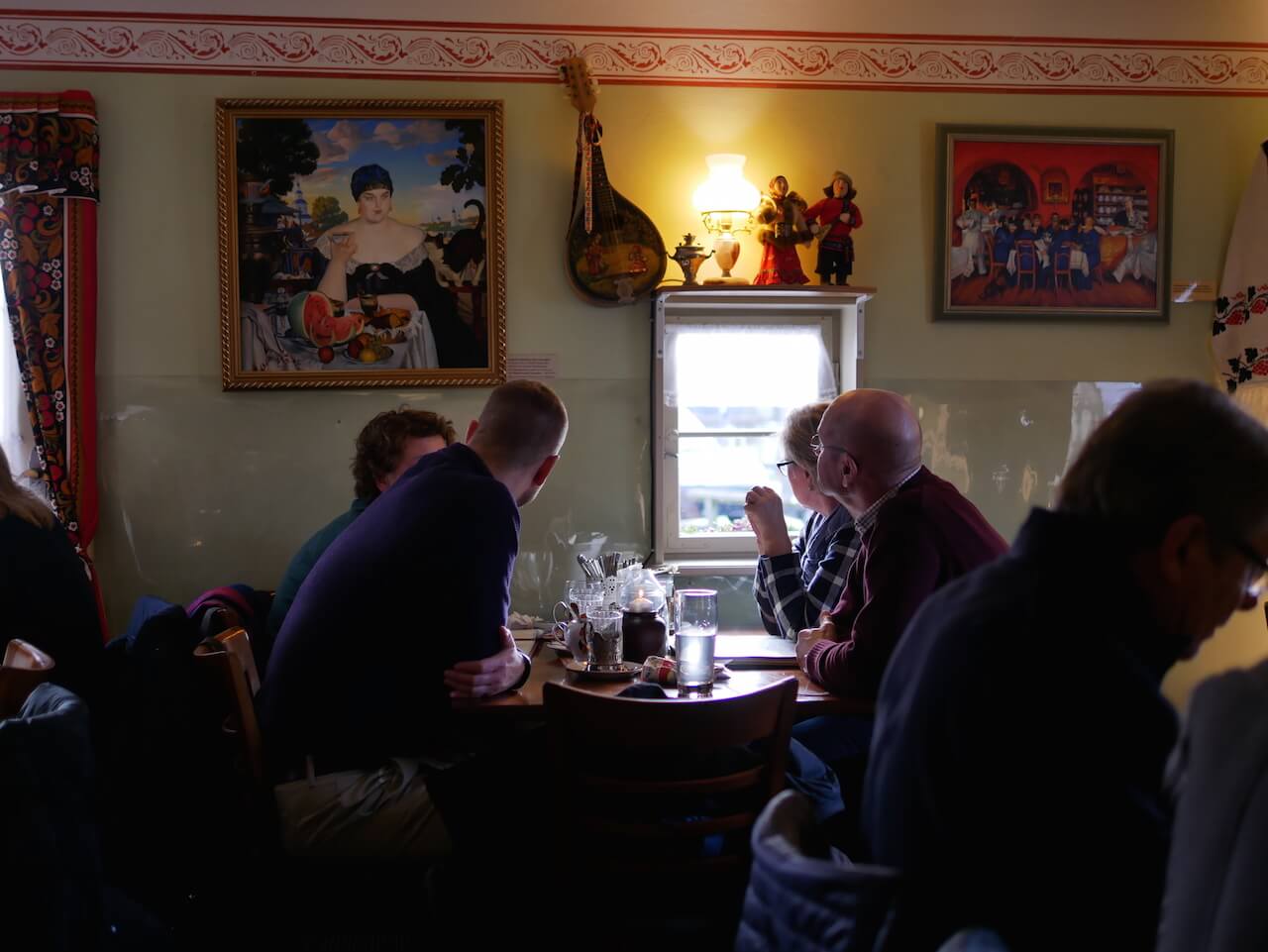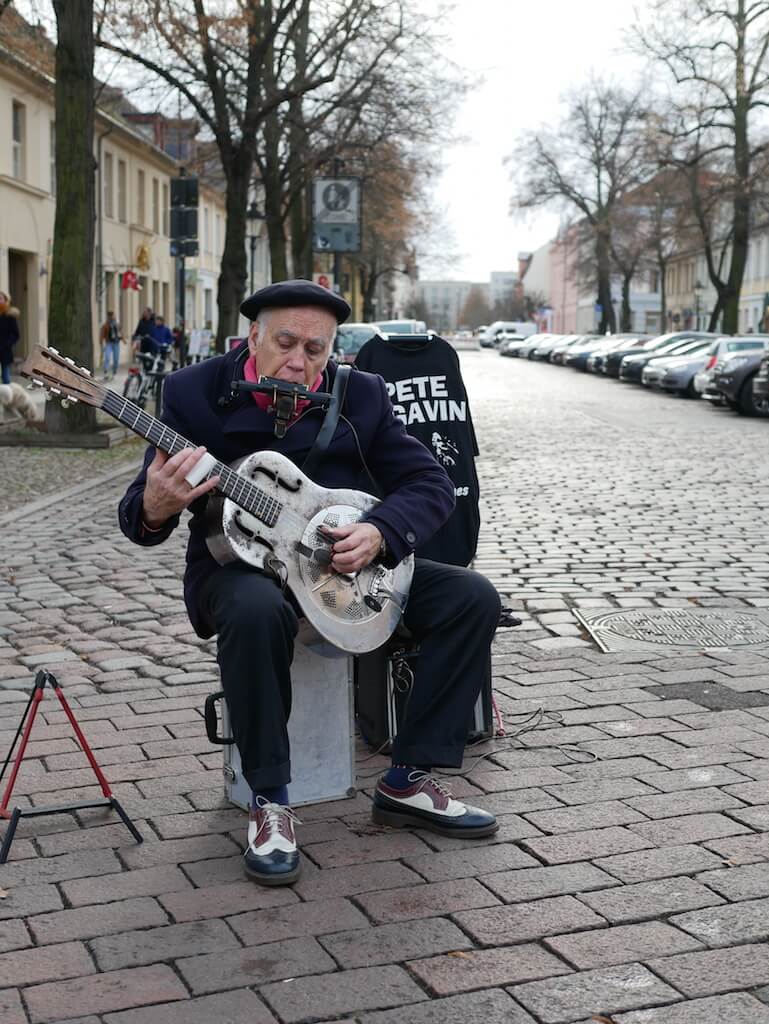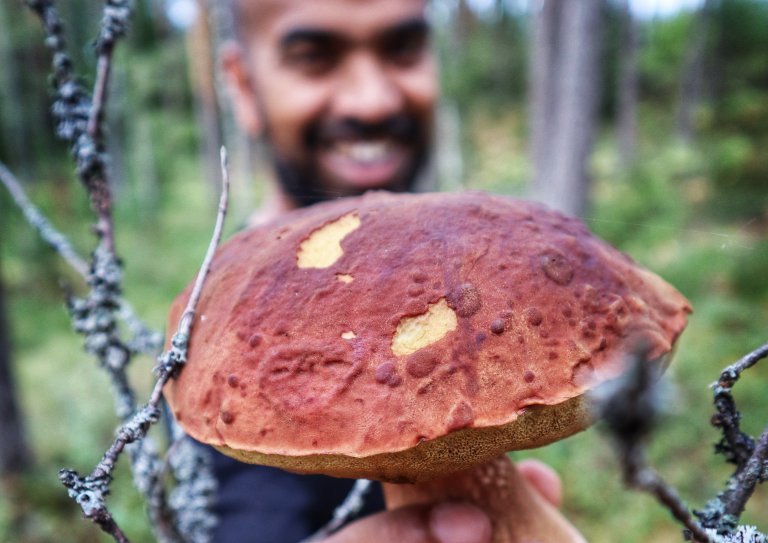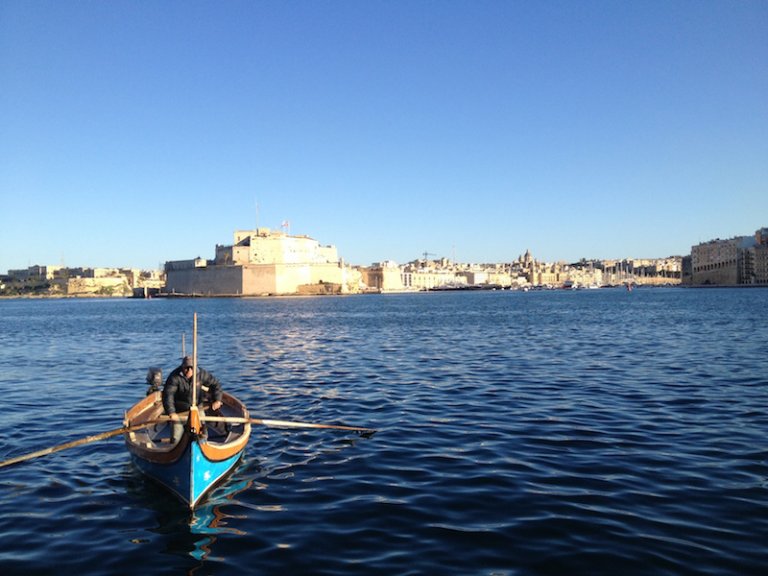Perfect weekend getaway from Berlin- Potsdam
Just a 40 minute ride from the chaotic and bustling Berlin, stepping into Potsdam feels like entering a different universe. Having visited and lived in Berlin for the past 10 years, I immediately asked myself what took me so long to visit this city. From Prussia to the birthplace of film, European architecture, international science institutes, and the decision to divide Germany, Potsdam is a wonderful microcosm of Europe’s diverse history and declared a UNESCO World Heritage site in 1990 because of this unique history. Covering more than 2,064 hectares and containing 150 buildings built between 1730 and 1916, Potsdam is an astounding complex of palaces and parks that were the envy of royalty across the world and a model of excellence. Often visited as popular day trip from Berlin, I quickly discovered that spending a day does not do to the place justice. To help you make the most of your time in Germany’s royal capital, I compiled a list of the best things to do in Potsdam over a weekend. ( Btw- the Potsdam Tourism website is excellent resource to bookmark for your trip )
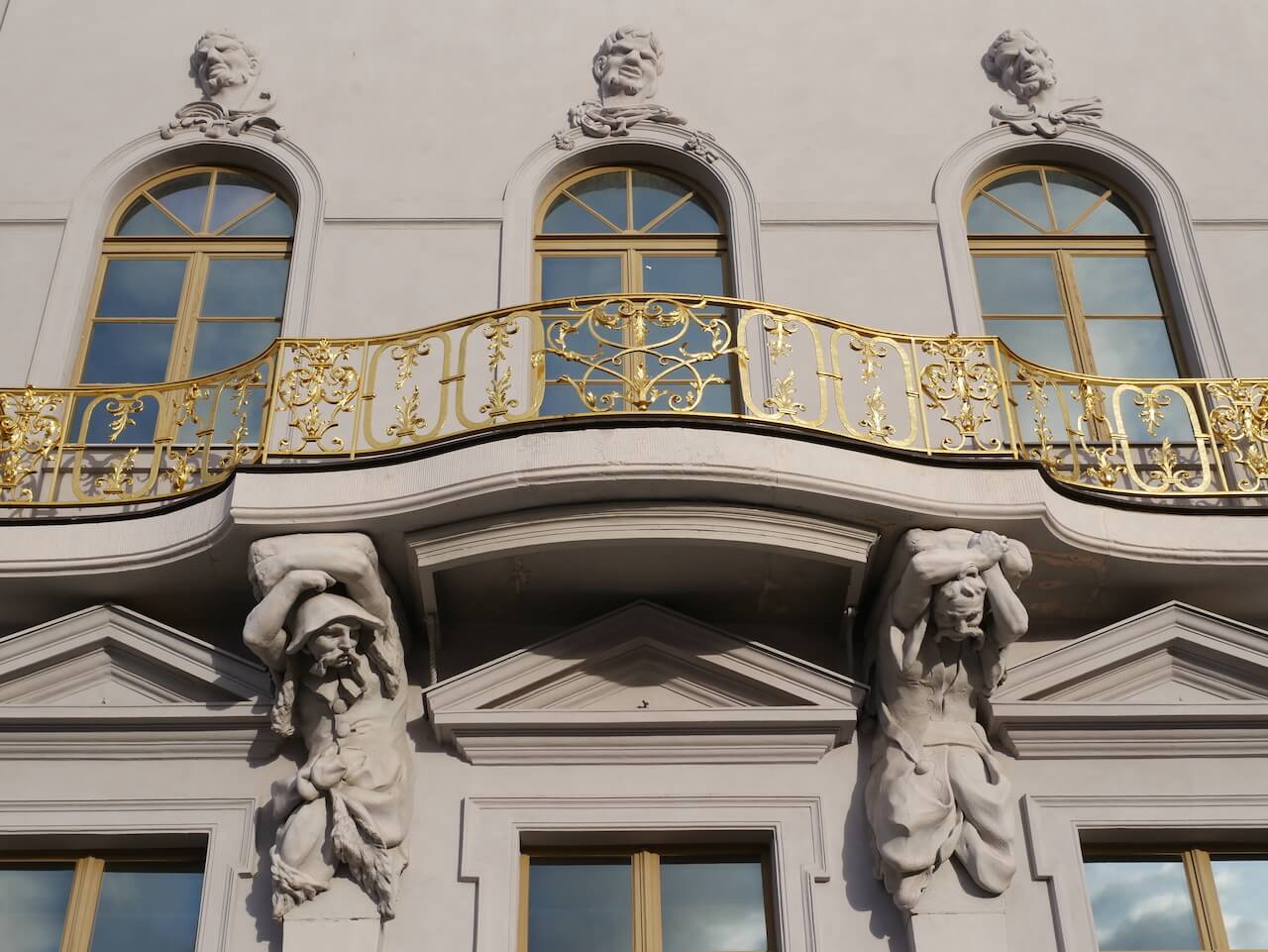
The first thing that strikes you about Potsdam is how damn beautiful this city looks, day or night. There’s a wonderful sense of order and symmetry of the streets that could easily be from some Wes Anderson movie set. Walking through it, you feel like you’ve entered into some sort of medieval fairytale. As the royal residence of the Prussian kings and the German Kaiser until 1918, Potsdam definitely has an air of grandeur. The sheer scale of the city is mind boggling.
Potsdam was the crowning achievement for Prussian royalty. The project brought together the most celebrated architects and landscapers of its time. Intended as “a picturesque, pastoral dream” the city would remind its residents of their relationship with nature and reason. Frederick the Great built Sanssouci Palace to escape the bustling German capital of Berlin. He found his peace here and named the palace Sanssouci, which means”without worry.” To the current day, Potsdam continues to have the air of a city where you can have no worries. I visited in January and even in the depths of winter, there are many signs of life. With a handful of excellent bars and stylish restaurants – plus thanks to its excellent university nearby, Potsdam remains a popular year round destination and the perfect day trip from Berlin.
1. Sanssouci Park and Palace
Start the day with a walk in the beautiful Sanssouci Park , the expansive complex of palaces and baroque gardens surrounding the central Sanssouci Palace. Even on a cold sunny day with many of the key buildings closed in winter, it is a joy to to roam through this park. Entering the park via its eastern entrance you will be greeted by a grand obelisk which was built in 1747 as an exit to the park. In your direct line of vision at a distance of 2kms you will have your first glimpse of the stunning New Palace. As you enter the park you will see on your left the triple-nave columned basilica and the adjoining campanile tower of the beautiful Church of Peace which was built by King Frederick William IV. in 1854.
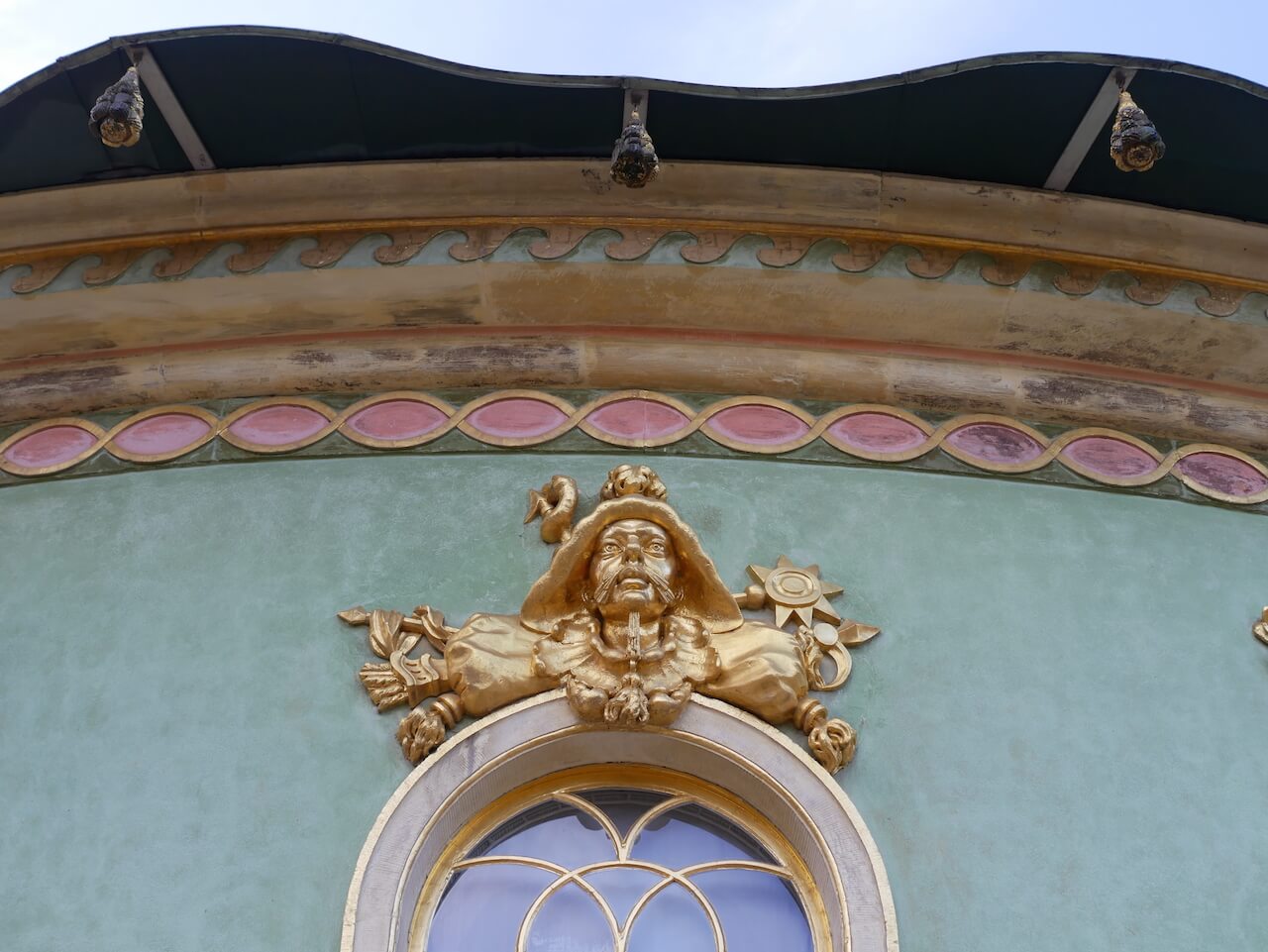
There a number of buildings in Sanssouci Park which include the Picture Gallery, Chinese House, New Palace, Temple of Friendship, Antique Temple, Roman Baths, Church of Peace, Dragon House, Orangery Palace, Charlottenhof Palace and more. I had time to visit only the Sanssouci , the Charlottenhof Palace and the Belvedere on the Pfingstberg but if you are visiting in the summer, I definitely would recommend setting aside a good part of the day to see all the buildings.
Situated on the brow of a hill, overlooking a terraced vineyard Sanssouci Palace is the grandest of all the buildings and often dubbed the Prussian Versailles. Although built on a much smaller scale than its French sister , (Sanssouci contains just ten rooms) and adopting the Rococo rather than French Baroque style, nevertheless, Sanssouci Palace is a stunning complex to visit. From the Marble Room where Frederick met his guests to the gorgeous beautiful circular library which contains a huge collection of Voltaire’s works, there’s a lot of rich detail in each room to drink in. My favourite room is the last one in the tour – the ‘flower room’ or Voltaire room, which Voltaire had the honour of staying in during his time in Potsdam. The walls are adorned with ornate reliefs of exotic birds and flowers that were being grown in Frederick’s garden. There was so much of his personal taste in the design and decoration of the palace that many scholars refer to the style in the palace as “Frederician Rococo.”
Please note that visits to Sanssouci Palace are bound to fixed admission times. I recommended that you buy your ticket ( Tickets costs €19 and give you access to all the of the SPSG palaces in Potsdam. If you are visiting with family, I recommend buying the Sanssouci+ Family Ticket which costs €49.00 in advance via the online ticket shop and be there at the time allocated -if you’re late by the odd minute or two, you’ll miss your tour.
Address: Maulbeerallee, 14469 Potsdam, Germany
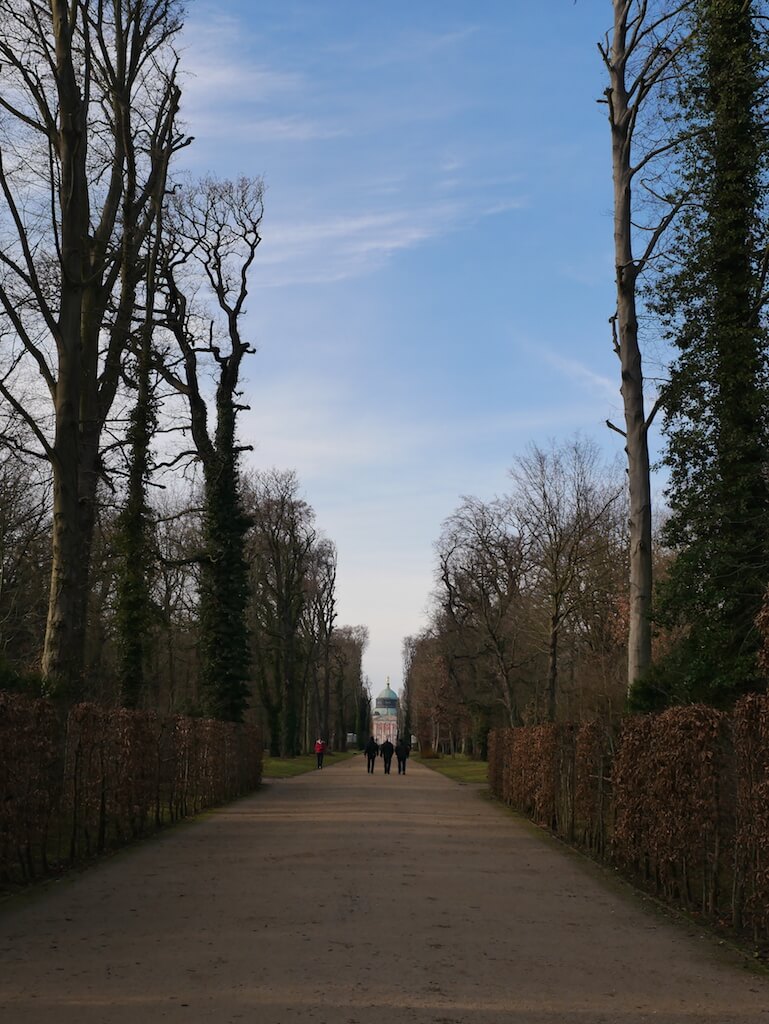
2. New Palace
If your time is limited, alongside the Sanssouci Palace I would make time to visit its counterpart on the western fringe of Sanssouci Park, the New Palace. Built after the Seven Years’ War with over 200 rooms, the Palace is considered the last example of Prussian Baroque architecture. The most distinctive feature of the New Palace, which you can see from afar is the grand Baroque dome with the Three Graces holding the Prussian crown. The north and south auxiliary wings of the place also have domes with gilded eagles. One of the standout highlights of visiting the Palace and its various adjacent buildings are seeing the 400 statues made by renowned sculptors of the day. Other highlights include the Marble Hall (Marmorsaal) which has many notable paintings, in particular four enormous works commissioned before the Seven Years’ War, the marble floored Grotto Hall (Grottensaal) with its exquisite frescoes. the Concert Room (Konzertzimmer), and the Palace Theatre.
Visits to the New Palace are bound to fixed admission times just as with the Sanssouci Palace. I would definitely book your tickets well in advance. Note that in the winter, you can only visit the New Palace with a guided tour.
Address: Am Neuen Palais, 14469 Potsdam, Germany
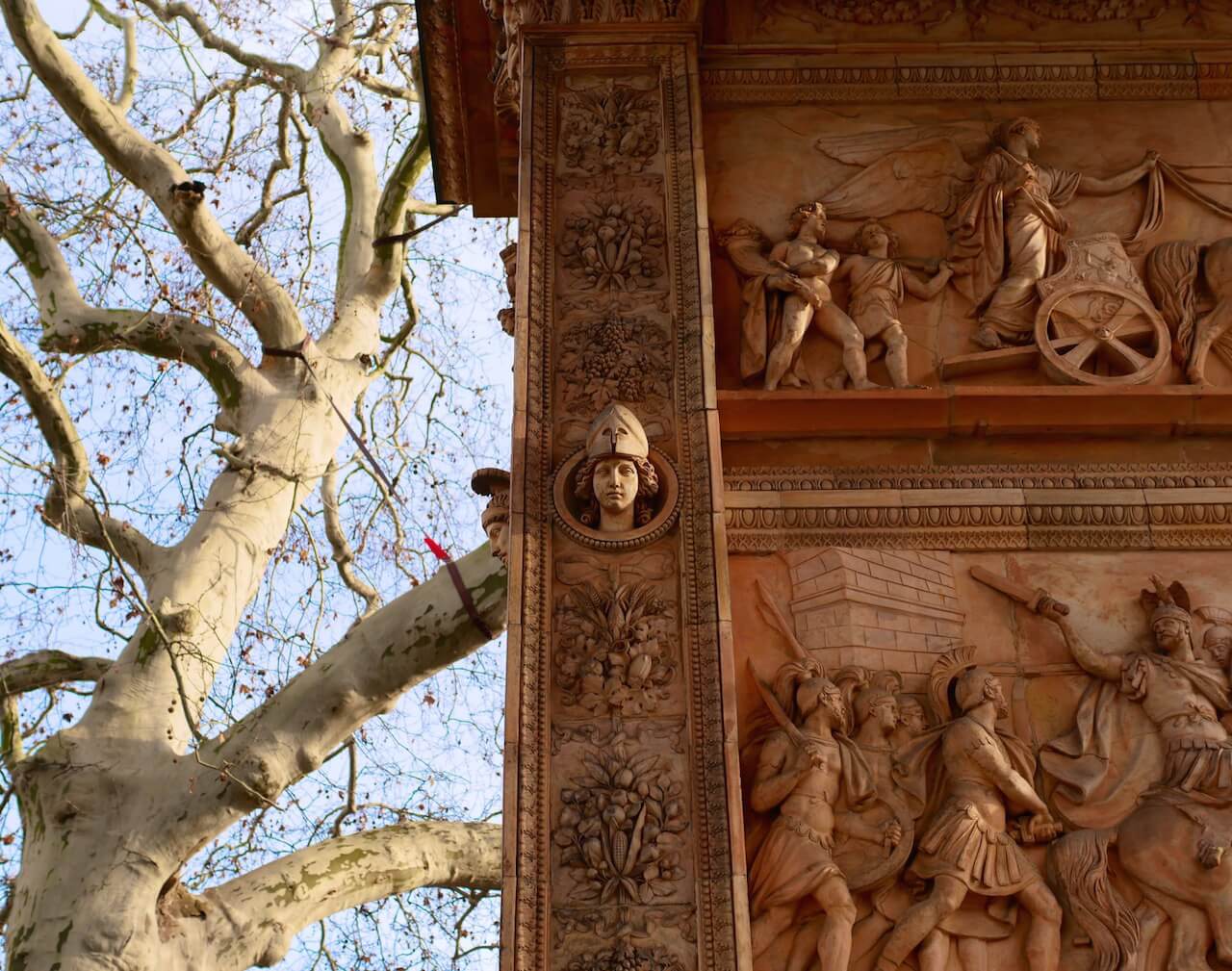
3. Winzerburg
When you leave the Sanssouci Park from the eastern entrance don’t forget to checkout the Winzerberg, a vineyard during the time of Kaiser Frederick. During World War II after centuries of disuse the vineyard became an air raid shelter for citizens of Potsdam. After falling into decay for decades after the war, the vineyard was revived by local citizens. It is open to the public only on Thursday and Friday evenings between 5pm and 8pm where you can enjoy a glass of wine and some antipasti-if you’re lucky to be in Potsdam during this time, please visit. As you can see from my photo, it was sadly closed.
4. Best viewpoint in Potsdam? Mühlenberg in Potsdam
Behind the Winzerburg is one of the best view points of the city- the Mühlenberg in Potsdam, located between Gregor-Mendel-Straße and Weinbergstraße. The view and the place was not the greatest in winter but I’ve been told it is a lot more beautiful in Spring/Summer (Share a picture with me if you do visit in Summer or Spring).
5. Brandenburger Tor
I wind down from the observation deck towards the main city. When entering the town via the western end of Brandenburger Straße, you’re most likely to come across a Roman triumphal arch which is Potsdam’s very own Brandenburger Tor and not to be mistaken with the Brandenburg Gate of Berlin. The gate was built in 1770/71 by Carl von Gontard and Georg Christian Unger on the order of Frederick II of Prussia.
6. Lunch at Madami, Mom’s Vietnamese Kitchen
Passing through the Brandenburg Gate into the city’s pedestrian zone , on your right was my lunch spot for the day: Madami, Mom’s Vietnamese Kitchen ( Brandenburger Str. 5, 14467 Potsdam, Germany) I’ve eaten at the Berlin branch of this restaurant and the food is always good quality and good value for money. Sabrina ordered the Tofu Pho (€8.80) and I had the veggie seitan curry with rice ( €9) Both dishes were tasty and filling but please don’t expect mind-blowing Vietnamese cuisine.
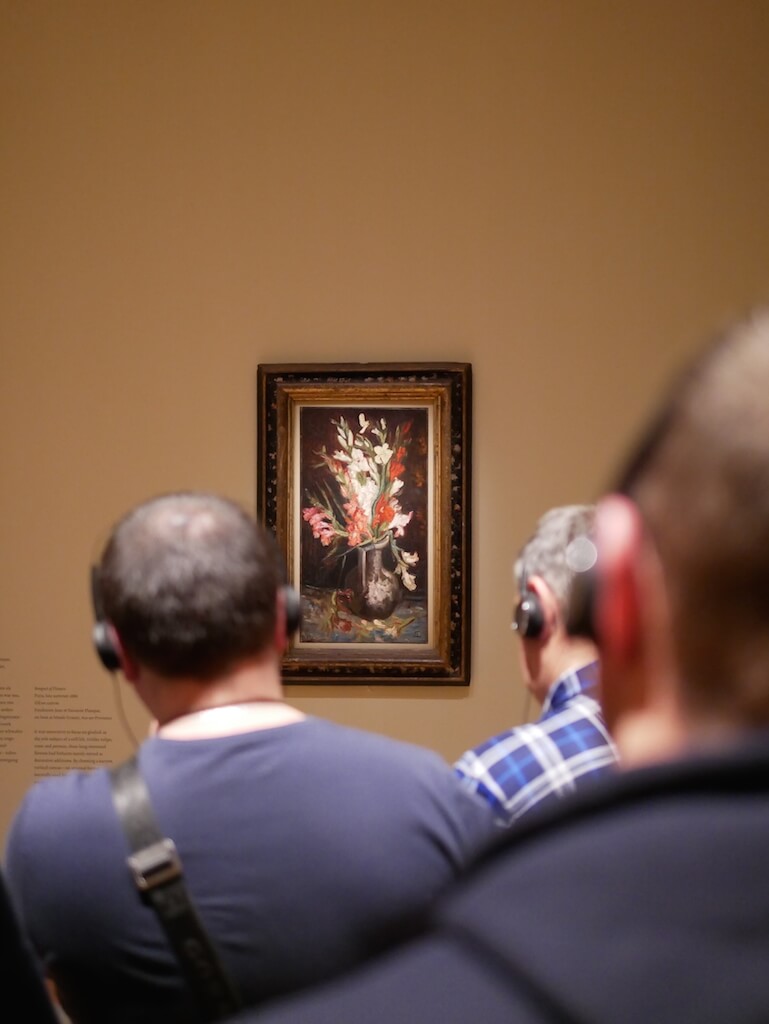
7. Afternoon of modern art at the Museum Barberini
In the afternoon, I head to the Museum Barberini which opened as recently as 2017 and focuses on works from artists from the former German Democratic Republic. Berlin is blessed with some fantastic art museums and the Barberini is up there with them, showcasing a fine collection plus when I visited they had a fantastic exhibition of Van Gogh’s. I loved the Van Gogh exhibition and seeing the art of some the prominent GDR artists but I’m not sure if the museum is worth the full ticket price of €14-€18. Note that you get 25% off the price with a Berlin Welcome Card or if you bought a ticket to one of these places: Cecilienhof Palace, Marble Palace, New Palace or Picture Gallery.
8. A touch of Netherlands in Potsdam: The Dutch Quarter
After the Museum head to perhaps one of the most unusual and beautiful places in Potsdam , the Dutch Quarter of ‘Little Amsterdam’. You will feel as if you are in the Netherlands, when only a short time ago you were in Germany! Four squares of over 130 Dutch-style gabled houses, with quaint white-green shuttered windows, red Dutch brick and small manicured gardens in front of the terraced houses, seem like a real-life Vermeer painting. The Dutch Quarter was built by Frederick William I to encourage skilled Dutch craftsmen to immigrate to Germany. Dutch architect Jan Bouman designed the quarter between 1732-42. Despite little damage during WW2, the quarter deteriorated and had to be extensively restored in the 1970’s. Pubs, galleries, shops, and restaurants make this quarter a lovely place to take a trip back into the past.
Address: Neighbourhood in Potsdam, Germany
9. Picnic dinner from Bio Company supermarket
For dinner, we decide to have a mini picnic in our apartment with a bottle of wine from the nearby Bio Company supermarket (Gutenbergstraße 20-22, Potsdam, Germany ). Our picnic consisted of some fresh bread, tin of mixed beans, olives with stuffed garlic, mussels in a tomato garlic sauce plus a jar of hummus washed down with a bottle of Cabernet Sauvignon. (Total price: €15 -prices are pretty decent for an Organic Bio Supermarket)
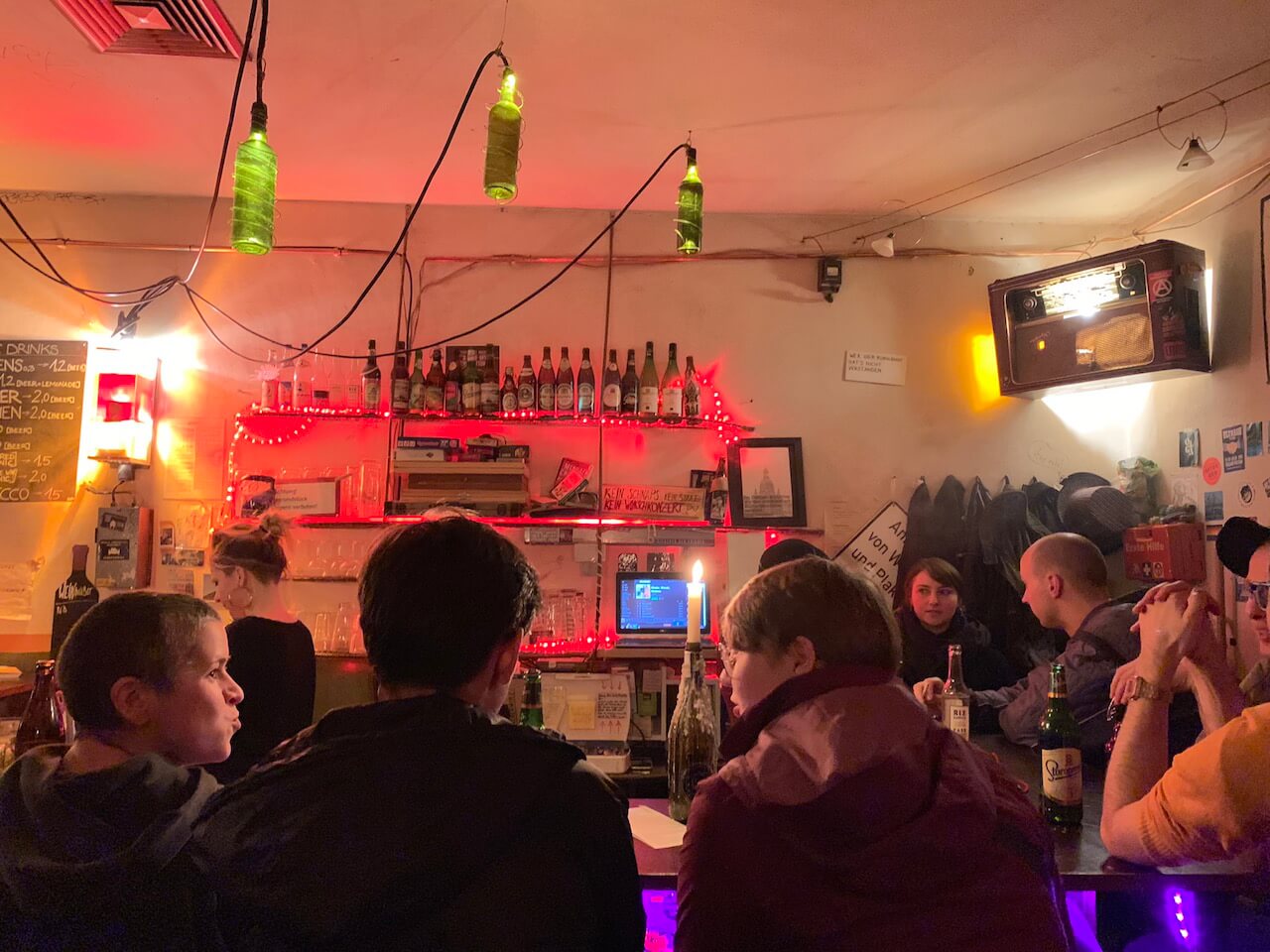
10. Evening beers at 11-line bar and Olga Kneipe
Potsdam’s nightlife is limited compared to Berlin but there’s a handful of excellent bars worth checking out. Our first stop of the night is the 11-line bar/cafe/art gallery which is a popular hangout spot for students from the local university. Beer prices are decent- bottle of excellent Polish lager, Tyskie costs just €3. ( Maybe €2.50?). They have a ton of board games to play plus equally its the kind of homely place you can curl up with a book and a glass of wine or cup of coffee. Afterwards we head for a beer at the wonderful Olga Kneipe, a LGBT/Queer/Gay/Alt bar run by volunteers. Its a very stripped down, rustic kind of pub filled with people from all walks of life and the beer is delightfully cheap-you can enjoy a bottle of the classic Sterni beer for just €1.20.
Day 2
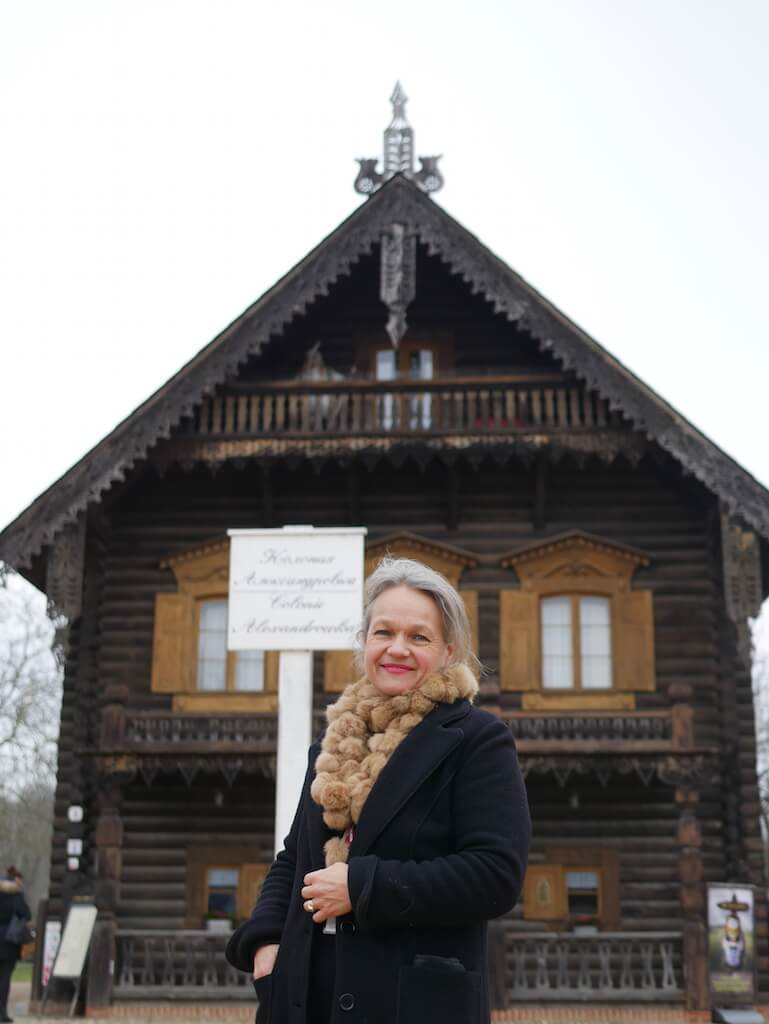
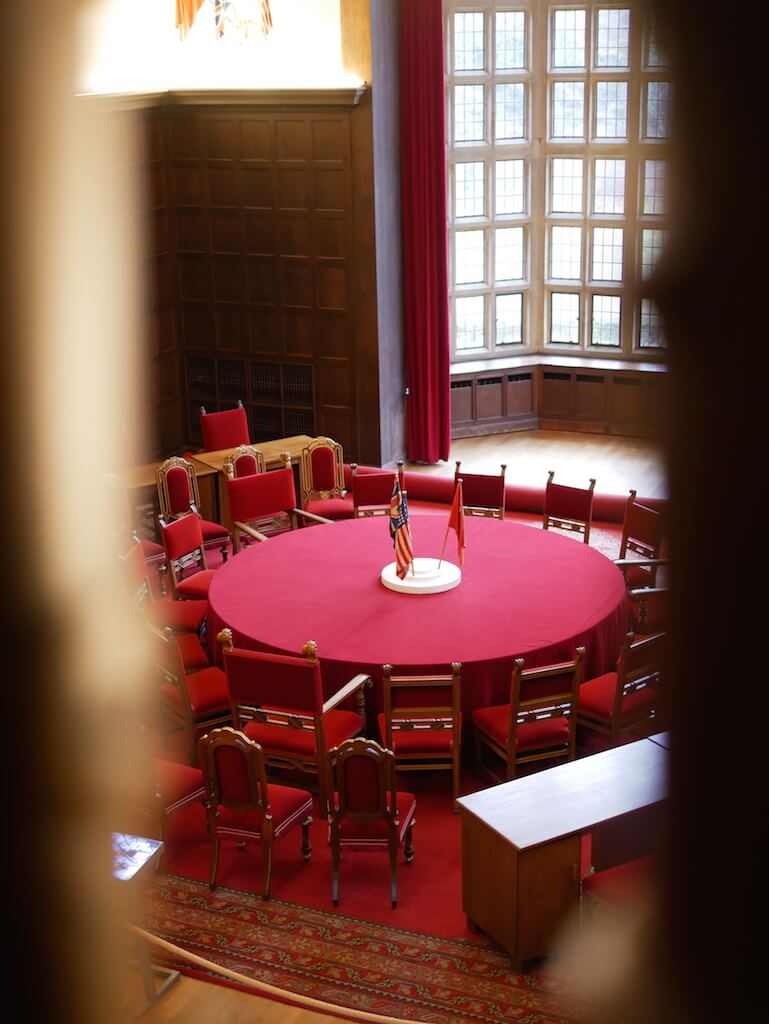
11. Cecilienhof Palace
I start day 2 of our 48 Hours in Potsdam with a guided tour of the Cecilienhof Palace and the grounds by the wonderful Suzanne.
To give you some background-the Palace was the last Hohenzollern palace, built for the crown prince during the years 1913-1917. During the night of April 14, 1945, a British air raid destroyed large parts of the inner city of Potsdam. Battles against Soviet military units during the last days of April 1945 caused still more heavy damage. However the parks and their palaces remained almost unscathed. After the war ended, from the end of July until the beginning of August 1945, the Potsdam Agreement was negotiated and signed between Churchill, Truman and Stalin in Cecilienhof Palace.
Suzanne explained that Cecilienhof Palace was also the place where US president Harry Truman first revealed that the USA possessed a new ‘ powerful weapon’, without actually mentioning that they developed an atomic bomb. Legend states that Truman authorized its use on Hiroshima while at Cecilienhof, over the phone.
Other interesting quirky facts shared by Suzanne about the Palace included how a section of the Berlin Wall once stood on the grounds of the palace. After passing hands from the Soviets to the East Germans, the Palace became a hotel and in 1961 border fortifications of the Berlin Wall were built along the shoreline in front of the palace blocking the view of the Jungfernsee lake.
Afterwards Suzanne took me to see the remains of the Muschelgrotte nearby the palace. The reconstruction of the grotto remains a passion project for Suzanne which was originally designed and built by Andreas Ludwig Krüger in 1791 as a refuge for the royals to escape during warm summer days and to be as close as possible with nature. After falling into severe decay over the last few decades, Suzanne and a group of locals have started the long process of reconstruction.
Afterwards Suzanne took me to the north of the New Garden to the lofty heights of the Belvedere on the Pfingstberg which as its name suggests, was built by Frederick the Great as a viewing platform for his visitors. Sadly during the winter the Belvedere remains closed to visitors but I can imagine it must be beautiful in the summer when the grounds and its surrounding vineyards play host to weddings and summer soirees.
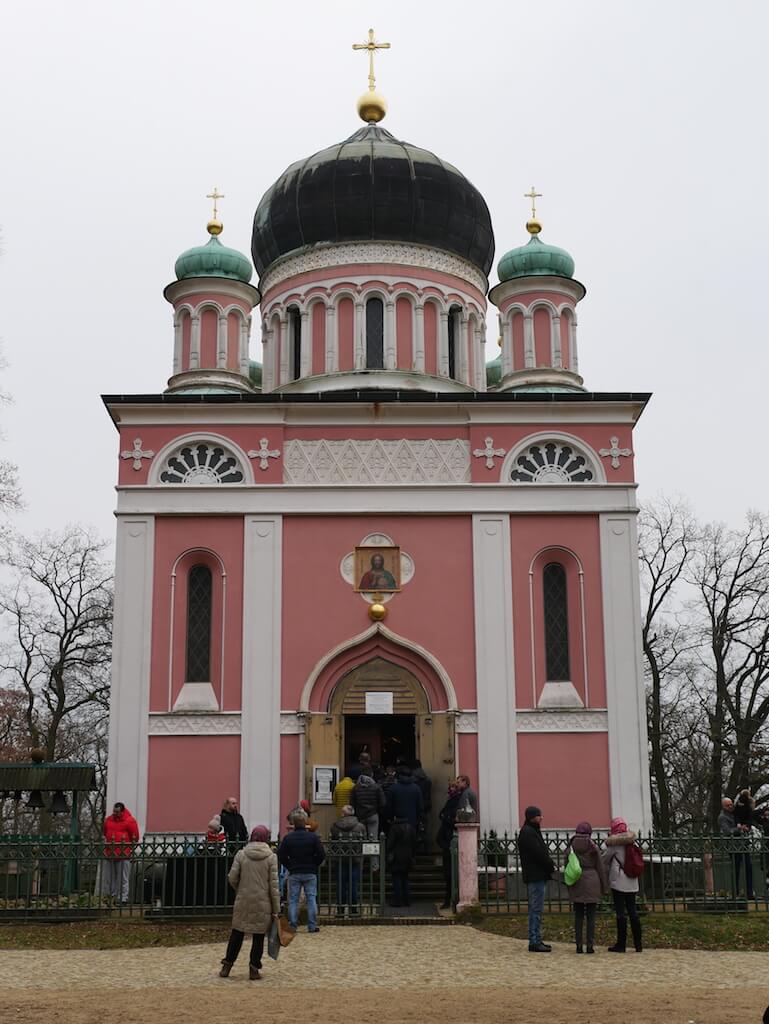
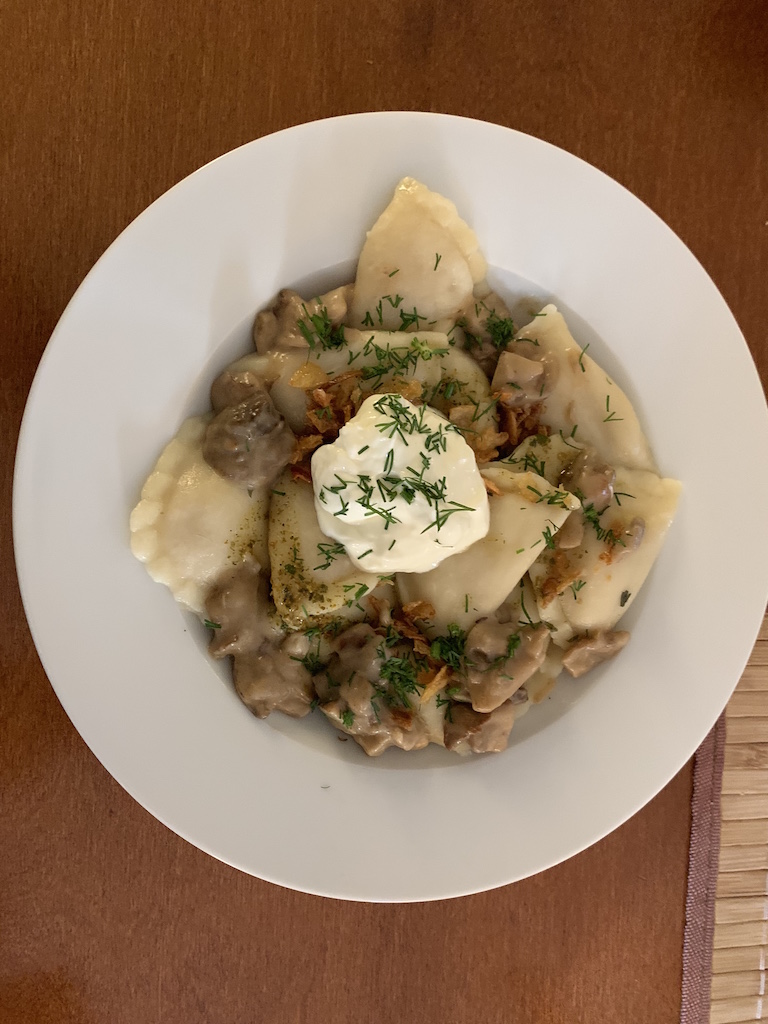
12. A piece of Russia in Germany: Alexandrowka
A Russian village in the heart of Potsdam? Potsdam is not only home to a Dutch Quarter but a 19th-century Russian heritage village called Alexandrowka.
Consisting of 14 farms and an orthodox church, Alexandrowka was originally conceived as a settlement for 12 Russians who originally had come to Potsdam as Prisoners of War as part of the Prussian war with France against Russia. The 12 Russians found employment as singers and became part of King Frederick William III’s choir after the truce in 1812. Constructed by an Italian designer, the colony was intended to be a homage to Russian heritage and culture. It was named Alexandrowka in honour of the late Tsar. The houses passed through descendents of the 12 Russian singers till the last descendant , a member of the Schischkoff family, passed away in 2008. In recognition of the unique architectural heritage and their beautiful facades which have remained unaltered since being built, Alexandrowka was designated as a UNESCO World Heritage site in 1999.
Besides visiting the village, visitors can also have the pleasure of dining in the colony’s very own tearoom- ‘Russiche Teestube’ serves up authentic hearty Russian cuisine in an authentic setting. I highly recommend trying their ‘Pelmeni’ dumplings-some of the best dumplings I’ve ever tasted! Don’t have high expectations about the service but it is nevertheless an experience not to be missed when visiting Potsdam.
13. Museum of Natural History
Potsdam has a ton of great museums to explore but if you’re keen to dig into the natural history of the area , pop into informative Museum of Natural History which has exhibits of species ranging from indigenous mammals, birds, reptiles to amphibians and insects in their natural habitats. Highlight of the visit for many is the freshwater aquarium, where more than 40 living fish species can be observed. Tickets cost €4 with discounted tickets available for visitors on the first Monday of the month.
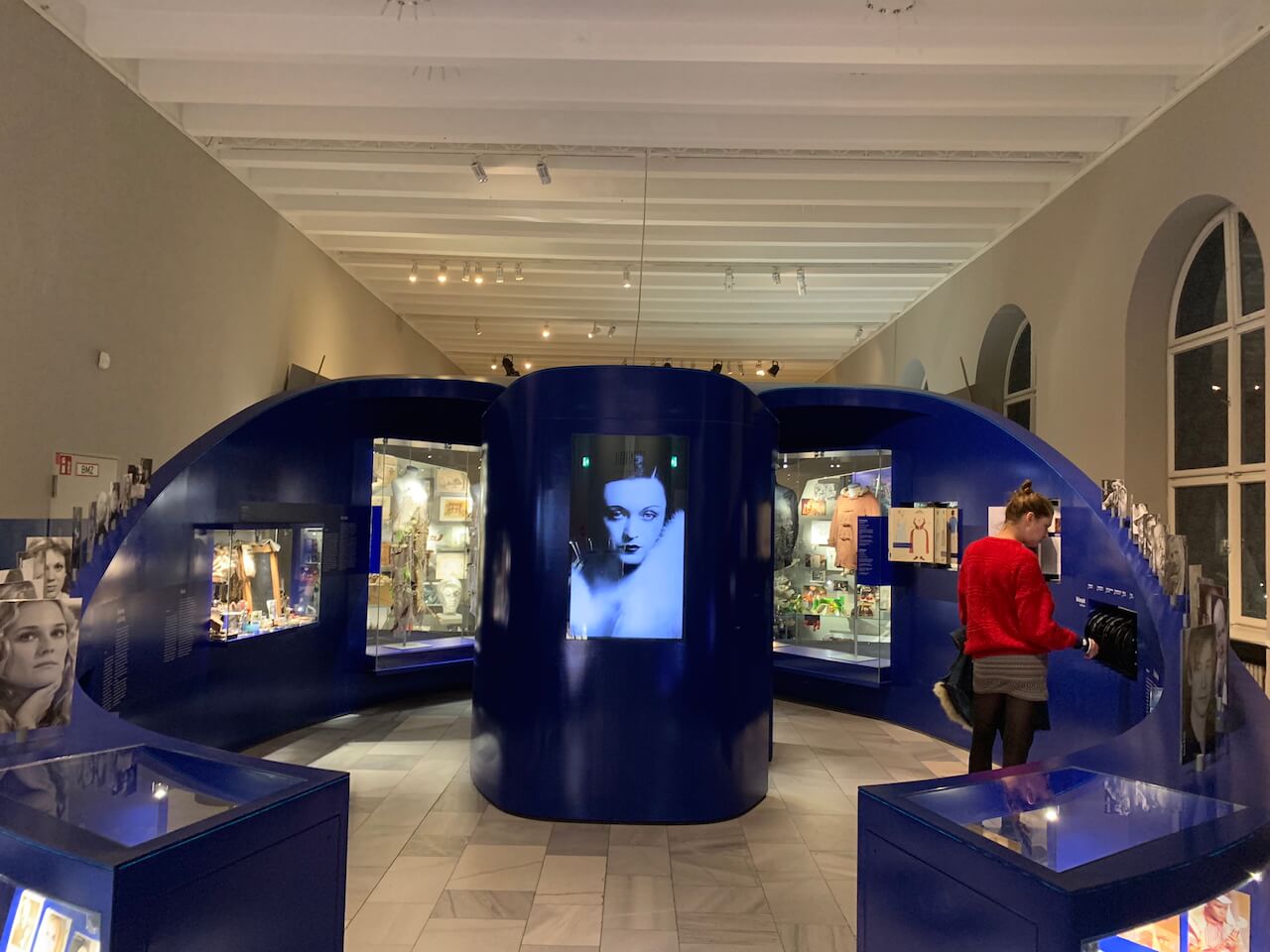
14. Filmmuseum Potsdam
As a keen movie lover, I was gutted that Filmpark Babelsberg was closed in winter but the next best thing to learning about the region’s unique film heritage is visiting the Filmmuseum Potsdam. The star feature of the museum is their permanent exhibition titled “Dream factory – 100 years of film in Babelsberg”, where you can dive into the rich history of the Babelsberg film studios, the oldest film factory in the world. There’s a treasure trove of material, trivia linked to some of the most famous films shot there which include Oscar winners like “Inglourious Basterds” and the “Grand Budapest Hotel.” There’s a bunch of fun interactive stuff -my favourite was the ‘casting box’ where I auditioned for a very famous German Film (We had Sonnenallee ) and I was then miraculously inserted into some of the movie’s iconic scenes! Other fun interactive stuff includes learning about music and sound in an acoustically shielded room and singing a duet with German singer Zarah Leander. Tickets to the exhibition are €5 and free for children under the age of 10.
15. Dinner at Le’s Cyclo
Afterwards we head for dinner at a hip Vietnamese diner (we clearly have a thing for Vietnamese food as you might have guessed by now) Le’s Cyclo.
The menu is limited but focuses on classic Vietnamese street food from the classic Pho to their delicious Banh Bao Burger (€10.90). We opted for the latter and alongside their chunky potato fries and homemade lemonade , this was a very satisfying meal and end to our 48 Hours in Potsdam.
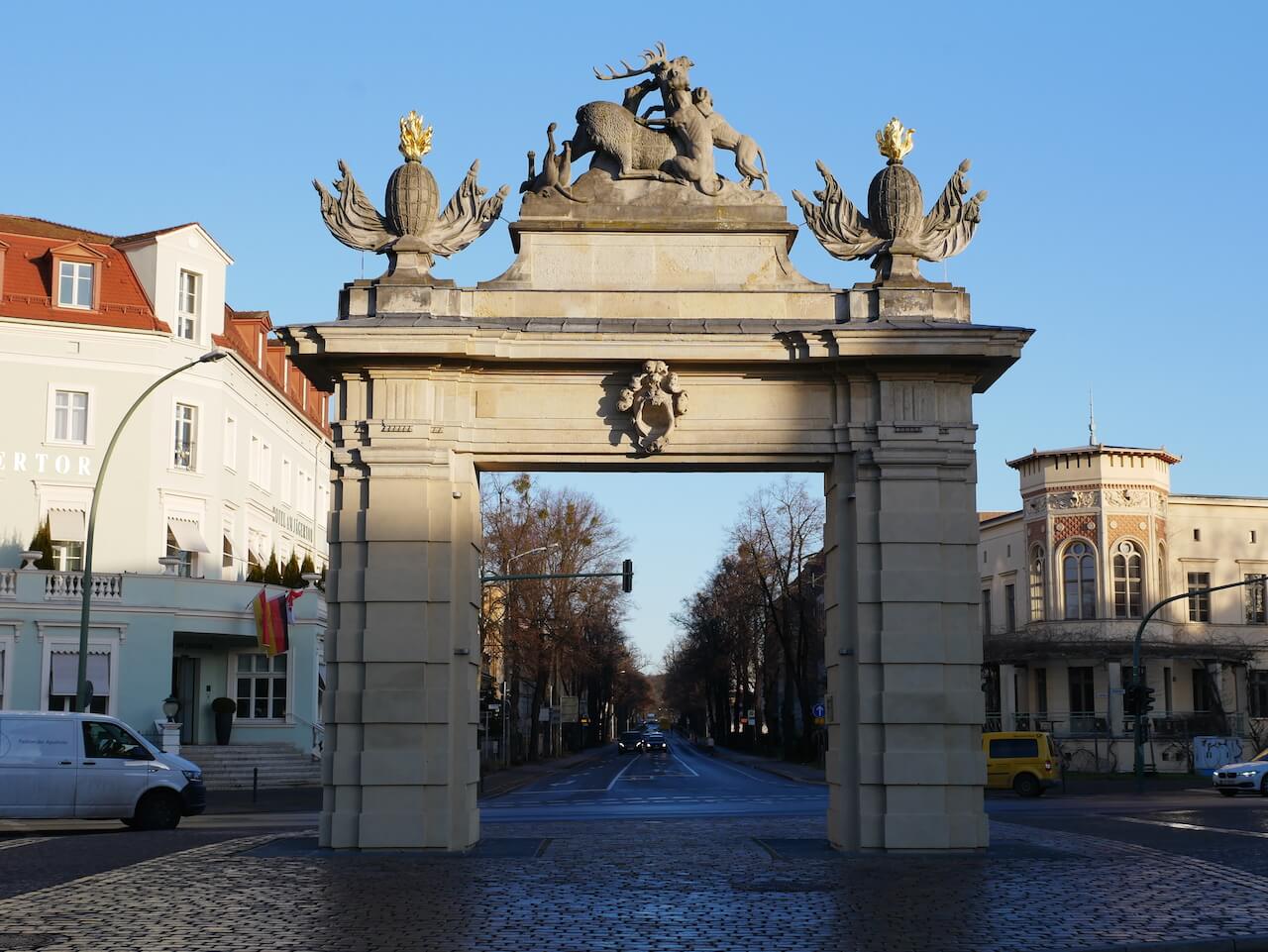
5 other places in Potsdam to checkout
Glienicke Bridge
Famously known as the ‘Bridge of Spies’ – this fabulous bridge spanning the River Havel and the border between erstwhile East and West Germany, was a frequent place to exchange captured spies during the Cold War era. The bridge spans that region of the Havel that is quite narrow, with two lakes to the north and south. The proximity of Glienicke Palace is what lends its name to the bridge. In 1660 a wooden bridge was built at this location, superseded by another wooden bridge in the 1800’s and an iron bridge in 1907. An unexplored shell hit the bridge in 1945 and finally a steel bridge, was built in 1949, bridging East and West Germany. Originally, allowing right of passage between inhabitants of East and West Germany in the early years of the Cold War, in 1952, East Germany closed the bridge down to West Germans and West Germany retaliated with the building of the Berlin Wall in 1961. After the Fall of the Berlin Wall, the Glienicke Bridge was finally opened to pedestrians and barricades were dismantled during the German reunification.
Address: Konigstrasse, 14109 Berlin, Germany
Babelsberg Park
Babelsberg Park is a green space bordering Tiefen See Lake on the River Havel. The Park, slopes down to the water’s edge and is a scene to behold especially in autumn, when the leaves are a riot of colour. Glimpses of Glienicke Bridge can be had from the Park. Various water bodies, artificial lakes and water reservoirs are scattered across the Park, an observation point on a hill. Near to the highest point is the semi-circular Loggia Alexandra built by Prince Charles in 1869, to commemorate his sister’s death.
The Palace of the same name, was the summer residence of German Emperor William I. The Palace resembles a castle, built in the Gothic Revival style.
Address: Park Babelsberg 10, 14482 Potsdam, Germany
Charlottenhof Palace
The Charlottenhof Palace is another palace in Sanssouci-Park which if time permits, is definitely worth a visit. The architectural style is Neo-Classical and is currently a UNESCO World Heritage Site. The park with its various buildings dates back to the 18th century. The property was gifted to Frederick Willian IV of Prussia by his father and the architect Karl Friedrich Schinkel was commissioned to build a small palace on the foundations of a pre-existing farm house. The beauty of the palace lies in how well preserved are the interior design of the ten rooms, particularly the furniture designed by the architect himself. The most important room in the palace is the one designed after Caesar’s tent. The ceiling and walls of the Tent Room are covered in blue and white striped wallpaper as well as the window treatments and furnishings. The beautiful gardens were designed by architect Peter Joseph Lenne. He was successful in converting a large stretch of marshy ground to an English garden with lawn, trees and water fountains.
Address: Geschwister-School-Strasse 34A, 14471 Potsdam, Germany
Orangery Palace
The Orangery Palace is a beautiful palace and another building situated in Sansoucci Park that features on the UNESCO World Heritage list. Built in the Renaissance Revival style, the palace was built in 1851 by Friedrich August Stuler and Ludwig Ferdinand Hesse. The building has a 300 m long front, built in the Italian Renaissance style, very much reminiscent of the Villa Medici in Rome and the Uffizi Gallery in Florence. The actual palace is the building in the middle with the twin towers. Points of interest include the wide Plant Hall, allegorical figures of the months and seasons in the hidden alcoves of the garden, the royal apartments and more. The Renaissance paintings and frescoes, the Rococo Style royal apartments, are to be enjoyed indoors. Outside in the expansive gardens, the Norse and Sicilian Gardens with pines, myrtle and laurel are places not to be missed.
Address: An der Orangerie 3-5, 14469 Potsdam, Germany
Pfaueninsel
Pfaueninsel or “Peacock Island” also forms part of the Palaces and Parks of Potsdam and Berlin UNESCO World Heritage Site. The island is a nature reserve and is a protected place for many species of wild birds. The island first gained importance in 1793 under the rule of Frederick William II when he had the Pfaueninsel Castle built for his mistress. It was designed as his summer residence by Johann Gottlieb Brendel with an English garden encircling it. Other spots of interest include a dairy – the Meierei, built to resemble a Gothic Revival Church. The Palmenhaus housed exotic plants like tobacco, bananas, artichokes, rhubarb, canna lilies but unfortunately burnt to the ground in 1880. Stone columns designate the spot where the Palmenhaus once stood. Peacock Island is a place to visit for its history, natural beauty, flora and wildlife including free-ranging peacocks and exotic birds. In late Spring, be sure to inspect the blooming rose garden. In Summer, bring a blanket and pack a picnic as there is a designated picnic area in the Liegeweise, well equipped with its own biergarten.
Getting there: You can reach the island by ferry and a small map would suffice to help you navigate the major landmarks on the island.
Where to stay in Potsdam on a budget
Situated in the heart of the Dutch Quarter, Hotel NH Potsdam is one of the better value hotels in Potsdam with prices around €80. Rooms are clean, comfortable and the breakfast pricey but fantastic. The recently renovated MAXX by Steigenberger Sanssouci Potsdam hotel is also a safe bet with comfortable beds, large rooms, nice staff and a good breakfast. Room rates start around €80 mark here.
The best budget friendly option is renting an apartment via Airbnb. We rented this wonderful apartment just few hundred metres from the entrance to Sansoucci Park. Located in a restored listed building dating from 1734 and run by a former set designer from the advertising industry, the place had a lot of character and wonderful design details. Wonderful bed, well equipped kitchen and spacious bathroom- was a perfect base for exploring Potsdam and great value, prices start around €70 mark.
Disclaimer
I visited Potsdam as part of a new storytelling project with UNESCO and the new World Heritage Journeys of the European Union project. This project implemented with the support of the European Union in partnership with National Geographic brings together 34 World Heritage sites through four different thematic itineraries: Royal Europe, Ancient Europe, Underground Europe and Romantic Europe. For more details and plan your own UNESCO World Heritage adventure, hop over to the Unesco World Heritage Journeys of Europe website. Big thank you to UNESCO for bringing me to Potsdam and also a huge thank you to Tino and the team at PMSG Potsdam Marketing und Service GmbH for helping plan my trip.
